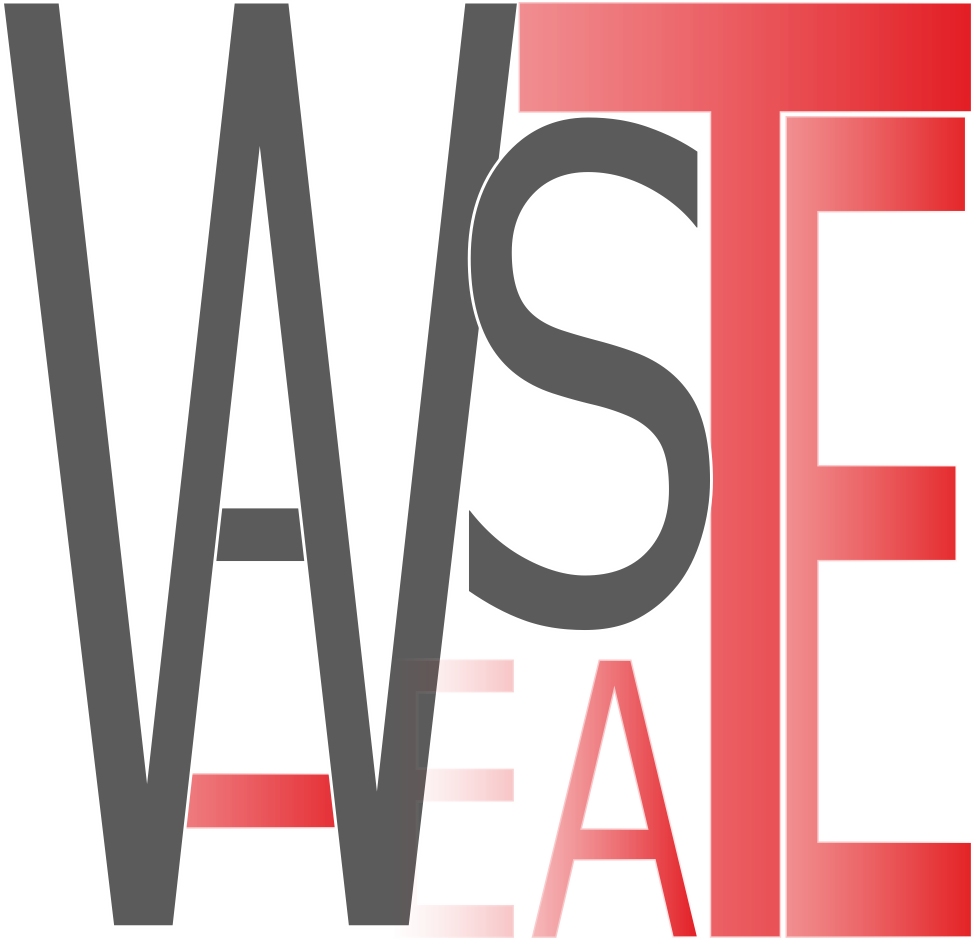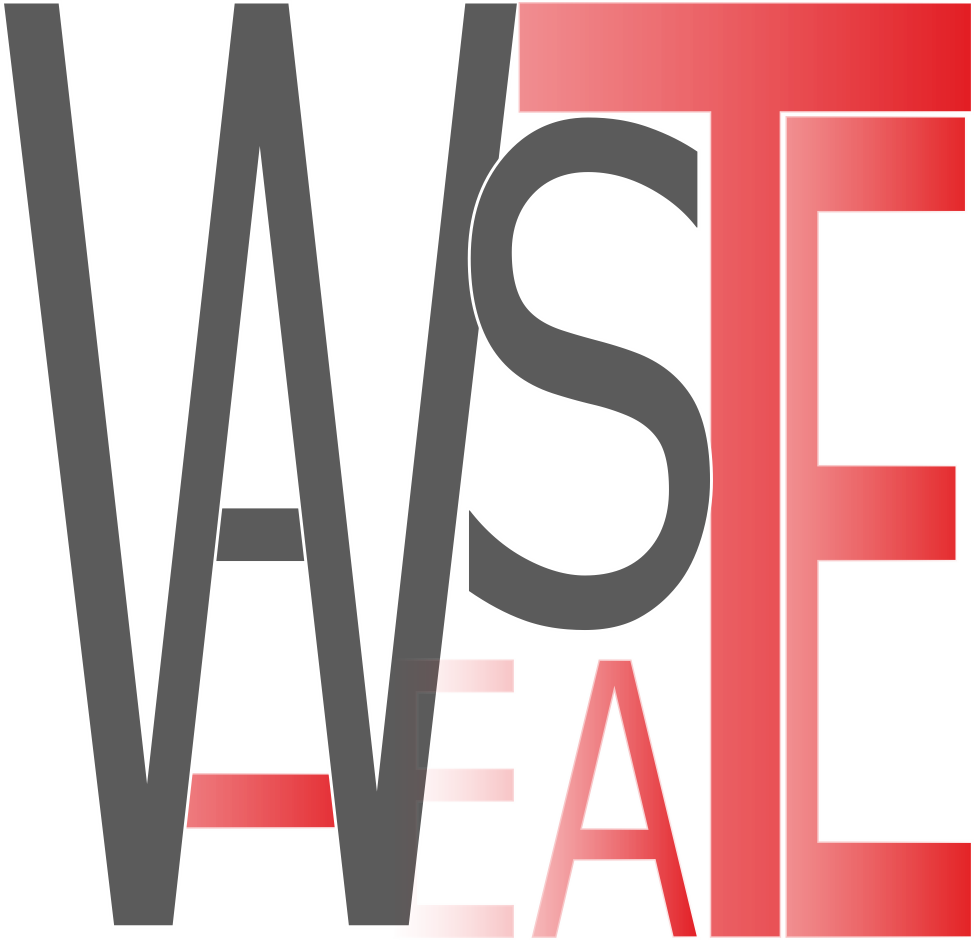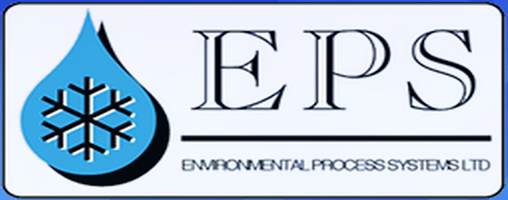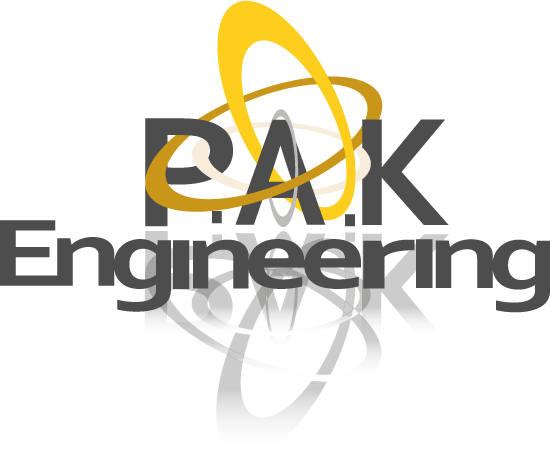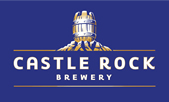Project Summary
This project aims to develop, optimize, and manufacture a low grade waste heat CHP combined with ejector system for heating, cooling and power generation in the drink supply chain
The project aims to successfully develop a first-of-its-kind prototype waste heat-driven Combined Moist Airflow System (MAS)-Tri-generation-Ejector system, suitable for sustainable heating/cooling and electricity generation for the food and drink manufacturing and (re)processing plants. which is innovative, highly efficient, low cost, easy to maintain/repair, and install, and that will contribute to; (1) achieving 2020/2030/2050 UK and European energy saving targets which will have a positive impact on the quality of life ; (2) significantly enlarging the market portfolio of waste heat recovery/utilisation technologies in the UK and Europe through providing a novel waste heat driven tri-generation system; (3) lowering the cost and environmental impact through presenting a cost-effective and compact tri-generation system that can be reproduced with local materials and labour; (4) increasing the penetration rate of renewable/sustainable and distributed energy resources by improving cost-competitiveness, reducing complexity and increasing reliability and lifetime while decreasing operational and maintenance costs; (6) making more efficient use of waste heat/flue gas recovery and reducing industrial emissions from the food and drink manufacturing and (re) processing plants. (7) improved resource efficiency of the drink supply chain, greater productivity in the beer brewing process plants with a high potential for existing/new food and drink manufacturing (e.g. beer brewing process) and (re)processing operation plants, providing cooling/heating and power generation at low cost.
There will be significant opportunity for the UK and European supply chain to develop the home and export markets for the proposed system, as well as utilising the global networks of the consortium partners. Immediate routes to market will also include direct sales to industrial partners. The proposed solution will be made available as a synergistic technology to enhance waste heat recovery/utilisation technologies. The growth in sales of waste heat driven energy systems is expected to develop significantly in the food/drink manufacturing industry due to the abundant waste heat available and the requirement of the large quantities of thermal energy and electric power in food and drink manufacturing industry. This offers access to growth markets for the uptake and implementation of the proposed technology, furthermore, the wider uptake of any developing technology will drive down price.
Work Packages
24 Month Project
Overall project to be led by EPS with tasks spread amongst 6 work packages over 2 years.
-
1 - 24 Months WP1:
Project Management
The objective of this is to establish a two-tier project management structure: 1) The project steering committee will meet every two months to monitor progress against the project agenda and; 2) The work package leaders will assume responsibility for the progress of the individual work packages
-
6 Months WP2:
Mathematical modelling and design of MAS-Tri-generation-Ejector system
Develop computer simulation models to predict the thermal and electrical performance of the MAS-Tri-generation-Ejector system and a parametric/optimisation study for the system. This will involve performance optimisation of different system components including the modified ORC cycle components, MAS system, the heat exchangers. The mathematical model for each component of the proposed system will be given to form the basis for a computer simulation programme in Matlab, EES and EnergyPlus, with a detailed modelling for the heat transfer process in both charging and discharging phases
-
9 Months WP3:
Construction of MAS-Tri-generation-Ejector system prototype
Based on modelling and optimization results of WP2 from WP2, WP3 involves the testing and development of various system sub-units including the MAS system and components in the modified ORC cycle, i.e, ejector, generator, evaporator and condenser. WP3 also include testing of a modified commercially available scroll compressor
-
11 Months WP4:
Cost Modelling and Risk Management
The system capital cost and running cost will be analysed based on the prototype construction and installation costs, and the energy saving costs will be calculated according to the testing and simulated heating/cooling and power outputs and current energy prices. Risk assessment for installation and operation of the system for the food and drink manufacturing and (re)processing plants will be carried. This could help ensuring a good service for the post commercialisation of the MAS-Tri-generation-Ejector system.
-
4 Months WP5:
Economic and Environmental Assessments based on actual performance data from the prototype
Perform life cycle analysis will be carried out to determine cradle-to-cradle impact associated with the proposed MAS – Tri-generation - Ejector system. Analysed results of comparative economic and environmental impact relating to alternative systems will be carried out based on performance data from the prototype system.
-
6 Months WP6:
Dissemination and exploitation
Involves disseminating the results of the project to the key target groups in food and drink industry, research and carbon emission reduction organisations. Activities include publishing technical papers in journals, attending conferences, running seminars, open days and maintaining a project website. The partners intend to conclude a Consortium Agreement, which will specifically address the exploitation of the results and patenting/licensing issues. The possibilities of negotiating a license agreement and raising the joint patents to protect relevant intellectual properties will be analysed.
Project Market
COMMERCIAL APPLICATIONS:
Warehouse Ice Storage, Supermarket Refrigeration/Air Conditioning, Fast Cooling of Food Product Directly (Fish, Meat, Eggs, Vegetable), Fast Cooling of Food Product Indirectly (Milk, Beers, Oil etc.), and Display of Food Product
INDUSTRIAL APPLICATIONS:
Process Indirect Cooling, Quick Chilling/Freezing, Cold Immersion Baths, Batch Cooling and Process Machinery Cooling
